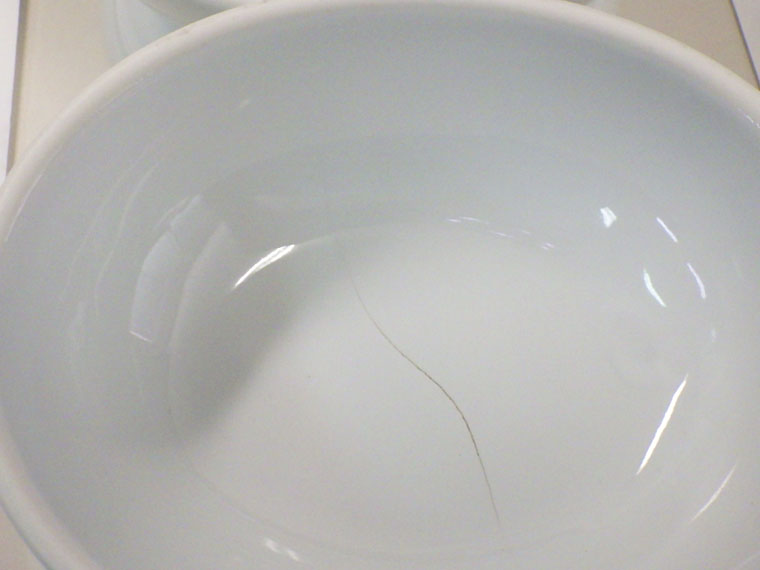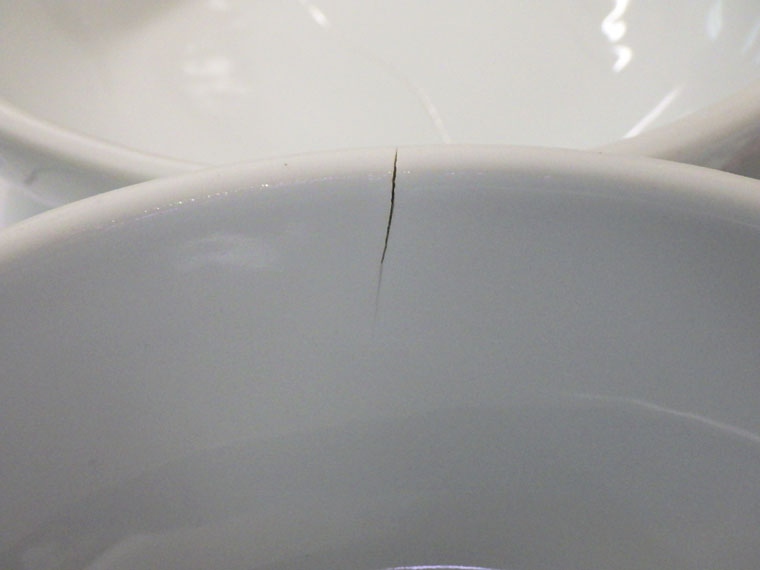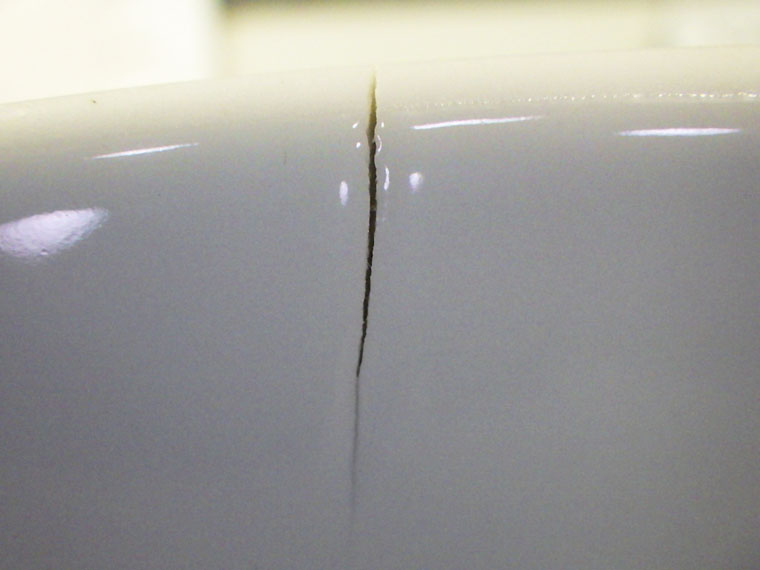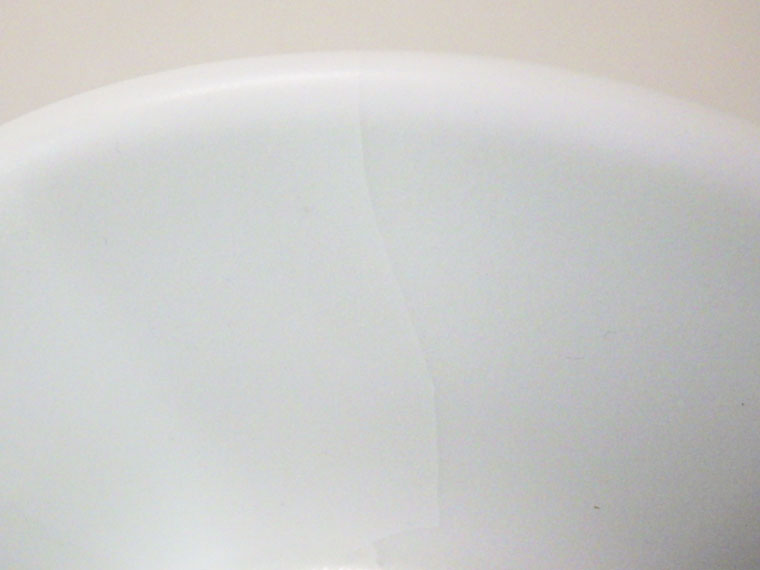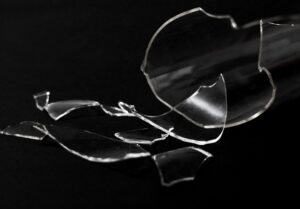What are the different ways that ceramics break after firing?

Hello, this is Fuchino.
When I took my work out of the kiln, it was broken…
I’m sure you’ve had this experience.
Can you see the difference in the way the pieces break after firing in ceramics?
This cracking can be divided into two categories based on the process of cracking.
One is cracked during the firing stage when the temperature rises.
The other is cracking during cooling after firing.
These can be identified by their appearance.
The following photo shows a crack that occurred during the firing stage when the temperature was raised.
It is often characterized by cracks that open up as shown in the photo.
Its fracture surface is less sharp and the edge of the glaze is rounded by melting.
Since the cracks occur during the temperature rise phase
As the glaze melts during the subsequent temperature rise, the firing shrinkage causes the cracks to open.
The next photo shows a crack that occurred during cooling after firing.
The fact that it cracks as it cools means that
This is because the base is hard fired and the glaze has been vitrified.
In this case, the cracks are not open and sharp, making it difficult to see the cracks.
The presence or absence of cracks can be determined by tapping the piece and listening to the sound of the strike.
It is also easy to find the location of cracks by changing the light exposure.
In most cases, cracks occur at temperatures lower than 800°C during the cooling process.
In most cases, the cracks are heard as the kiln cools down, or after the piece is removed from the kiln.
Cracks cracked during temperature rise and cracks cracked during cooling
The causes of the two cracks are different.
In order to prevent these cracks, different measures need to be taken for each.
